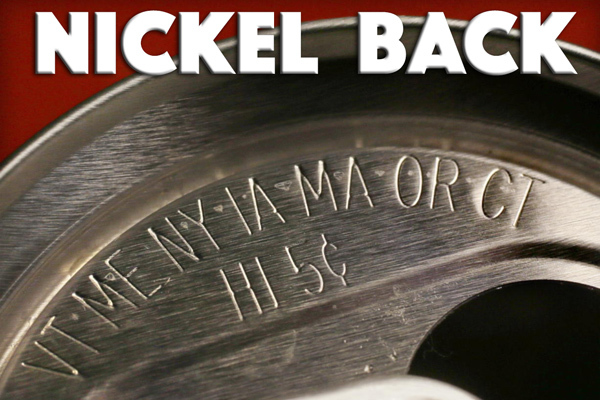LED Bulbs Die Young
Oct. 30th, 2024 10:37 amSeveral years ago we started replacing the light bulbs in our house with LED bulbs. LED technology had been available for at least a few years before that. We delayed in embracing it because the cost was high at first. A package of LED bulbs often cost 10x what a package incandescent bulbs with the same light output cost. When the purchase price differential dropped to merely 3x we decided to give it a shot. I penciled out how LED bulbs save more in lower electricity consumption than they cost. In addition to consuming about 1/8 as much electricity as incandescent bulbs, LED bulbs also last way longer. ...Or at least they're supposed to.

Within months of installing the first LED bulbs in our house I noticed that some of them were burning out quickly. Instead of lasting 7-8x as long, or even longer, than their incandescent counterparts, they were burning out in less than 1/4 the time. Not all the LED died young, but it seemed like about 1/3 did. That failure rate was annoying given the product's high cost, but I took it in stride as perhaps growing pains in a new industry.
This issue came to the forefront of my mind again this month. One of the light bulbs in our bathroom fixture started to flicker. "Oh. it's the last incandescent bulb dying," I thought to myself. "Now I can replace it with an LED bulb and we'll be all LED!"
When I unscrewed the bulb I found I was mistaken. The dying bulb was an LED. And the two bulbs next to it, still living their best lives, were older incandescent lights. In fact they had greatly outlived yet-another LED bulb. One of the LEDs that's supposed to live 7-8x as long as them.
I shared this frustration with a few neighbors when we were chatting about ways to reduce utility bills. Two jumped on this issue right away; they, too, have experienced a significant portion of LED bulbs dying waaaay before their supposed lifetimes. "The label claims are bunk!" one neighbor charged. "Maybe they're still working out manufacturing quality problems," I suggested.
One neighbor objected strenuously to our criticisms, insisting the bulbs are all great, the technology is great, and that we're just mistaken. Perhaps not coincidentally she works for a company that makes LED bulbs. 🤣

Within months of installing the first LED bulbs in our house I noticed that some of them were burning out quickly. Instead of lasting 7-8x as long, or even longer, than their incandescent counterparts, they were burning out in less than 1/4 the time. Not all the LED died young, but it seemed like about 1/3 did. That failure rate was annoying given the product's high cost, but I took it in stride as perhaps growing pains in a new industry.
This issue came to the forefront of my mind again this month. One of the light bulbs in our bathroom fixture started to flicker. "Oh. it's the last incandescent bulb dying," I thought to myself. "Now I can replace it with an LED bulb and we'll be all LED!"
When I unscrewed the bulb I found I was mistaken. The dying bulb was an LED. And the two bulbs next to it, still living their best lives, were older incandescent lights. In fact they had greatly outlived yet-another LED bulb. One of the LEDs that's supposed to live 7-8x as long as them.
I shared this frustration with a few neighbors when we were chatting about ways to reduce utility bills. Two jumped on this issue right away; they, too, have experienced a significant portion of LED bulbs dying waaaay before their supposed lifetimes. "The label claims are bunk!" one neighbor charged. "Maybe they're still working out manufacturing quality problems," I suggested.
One neighbor objected strenuously to our criticisms, insisting the bulbs are all great, the technology is great, and that we're just mistaken. Perhaps not coincidentally she works for a company that makes LED bulbs. 🤣
 The light bulb "ban" has gotten tangled up in culture war politics. Even the notion that it's a light bulb ban is part of the culture way. Here are Five Things about what's actually happening:
The light bulb "ban" has gotten tangled up in culture war politics. Even the notion that it's a light bulb ban is part of the culture way. Here are Five Things about what's actually happening:


